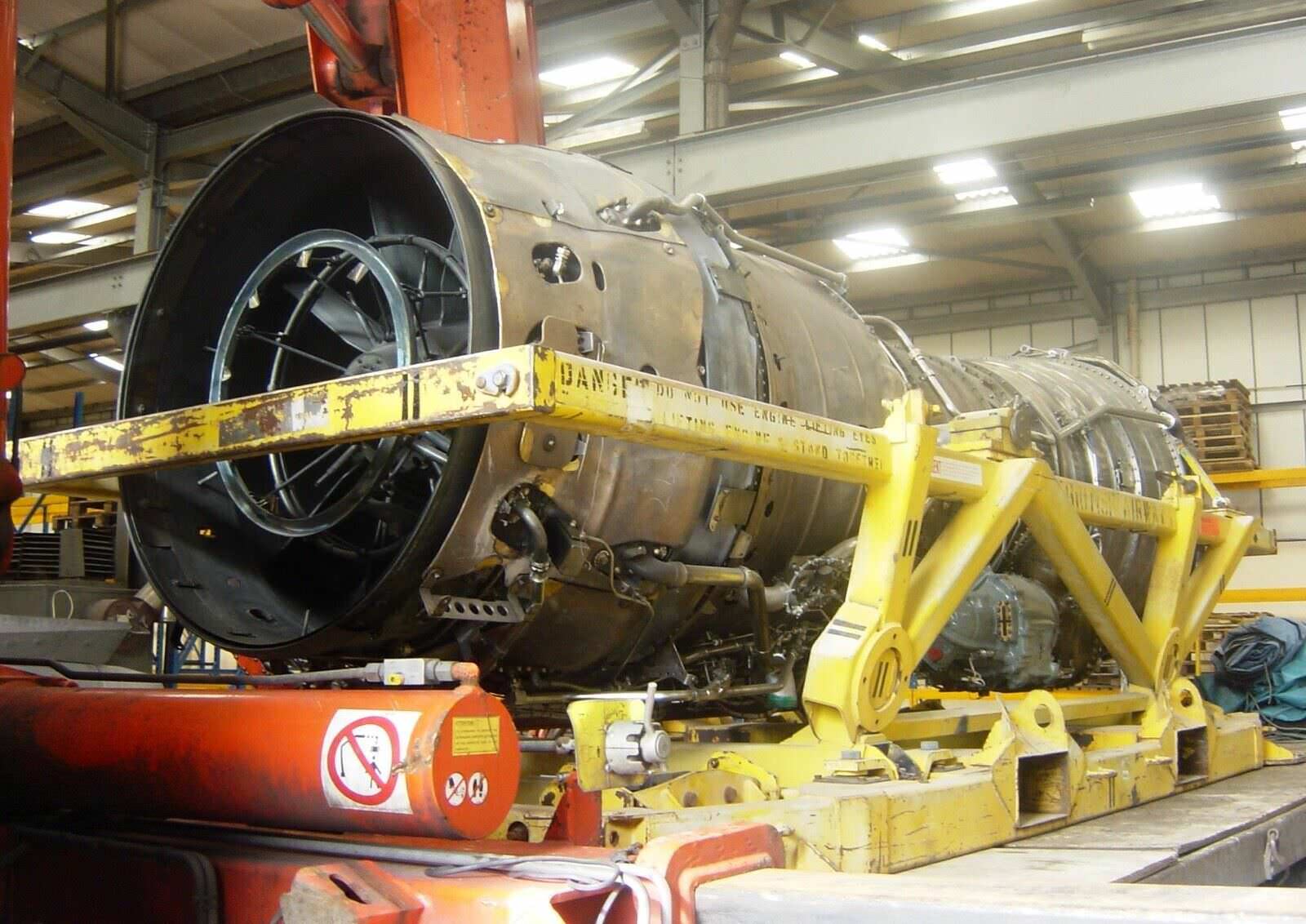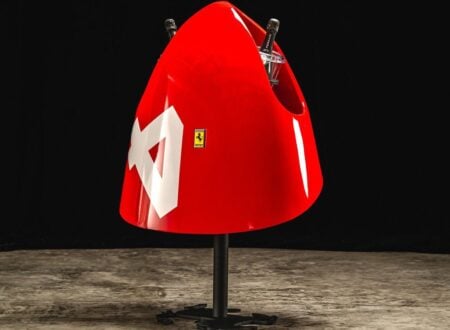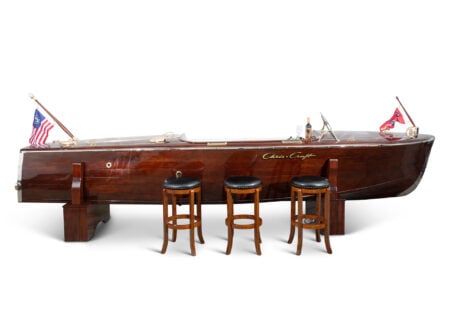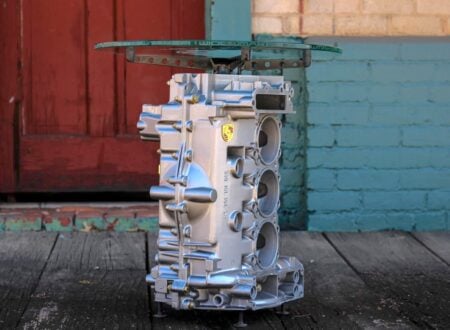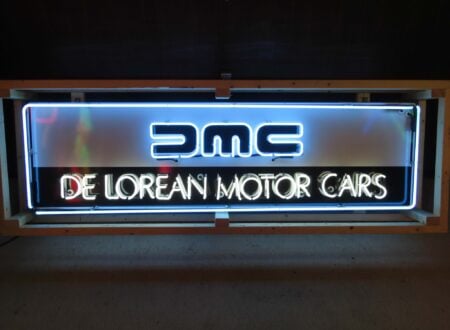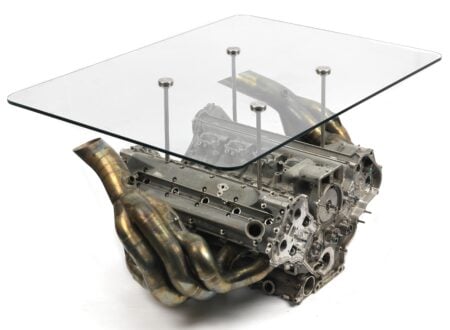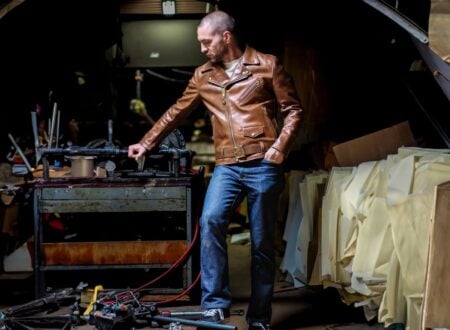The Concorde still stands as one of the most impressive aircraft ever developed, it made supersonic travel a possibility for civilians for the first time in history, though to be fair they did have to be rather well-heeled to afford it.
The engines used in the Concorde weren’t developed for the aircraft from scratch as this was considered to be too expensive. Instead they were developed from the engines already in use in the TSR-2 prototype, which themselves had been sourced from the Avro Vulcan bomber.
The final engine type used in the Concorde was the Rolls-Royce/Snecma Olympus 593, an afterburning turbojet designed to be as efficient as possible at high speed. The engines were famously so inefficient at low speeds that the Concorde would burn upwards of two tonnes of fuel just taxiing to or from the runway.
Each Concorde used four Rolls-Royce/Snecma Olympus 593 engines, with each engine producing 32,000 lbf of thrust, this could be increased to 38,050 lbf by using the afterburners. The top speed of the Concorde was over twice the speed of sound, Mach 2.04 to be precise, which works out to 1,354 mph or 2,180 km/h.
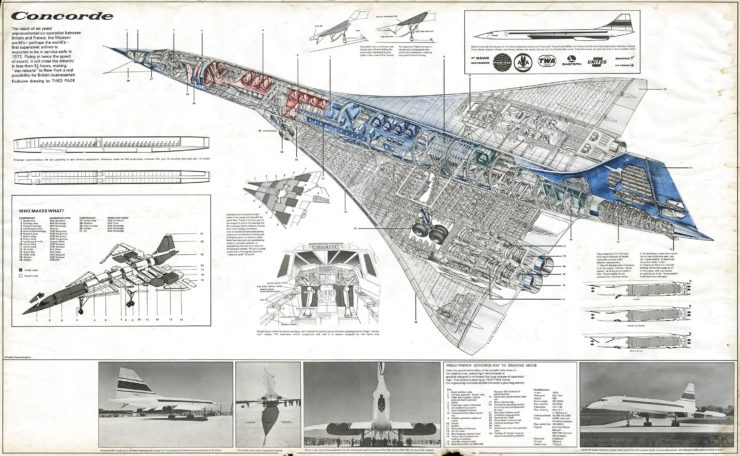
Due to the loud sonic booms created by the aircraft it became largely untenable to fly it over populated areas and so much of the model’s service life was spent cross crossing the North Atlantic between the United States and Europe.
When the remaining operational examples of the Concorde were retired in 2003 they weren’t replaced with anything newer, and for the time being the age of supersonic passenger travel has come to a halt. That said, the team at Boom Supersonic are currently developing what could very well be the next step in supersonic transportation.
The Rolls-Royce/Snecma Olympus 593 engine you see here is listed as being in non-flying condition. However there’s not really any current production aircraft you could fit it to even if it was.
The eBay seller explains that it would be perfect for disassembly and creating furniture and other memorabilia from the highly collectible parts, and this is probably what will happen to it. However I do hold out a little hope that some engineering wizard will buy it and use it in a land speed racer.
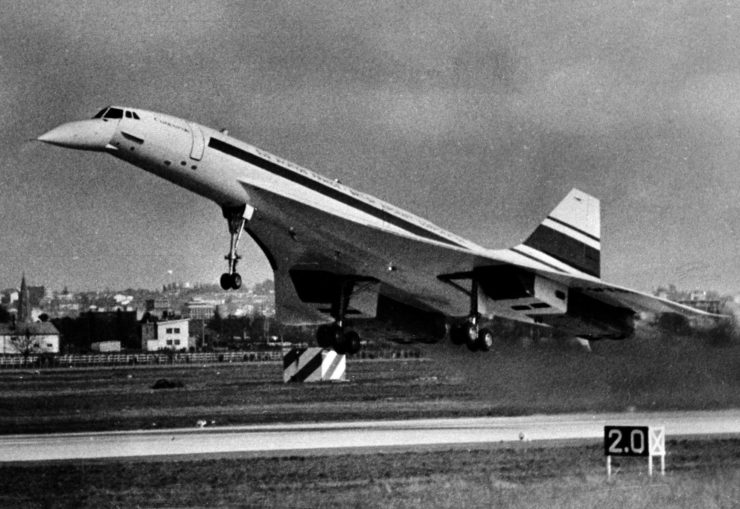
Above Image: The first flight of Concorde 001 in 1969.
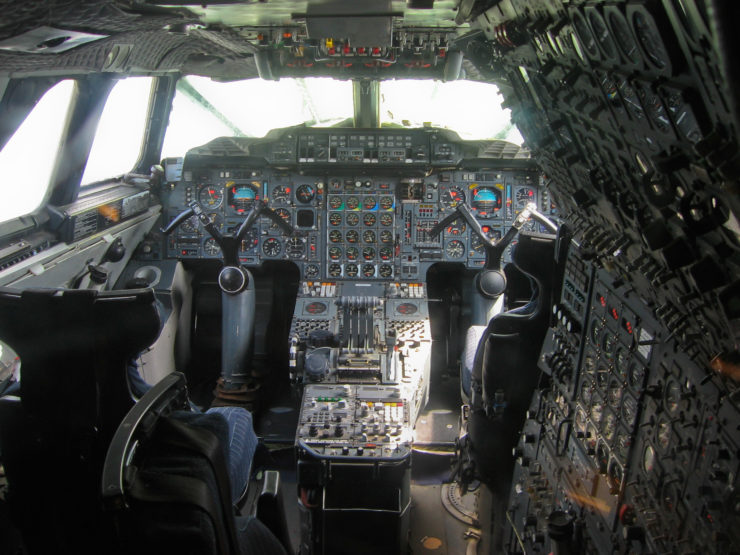
Above Image: The layout of the Concorde cockpit.
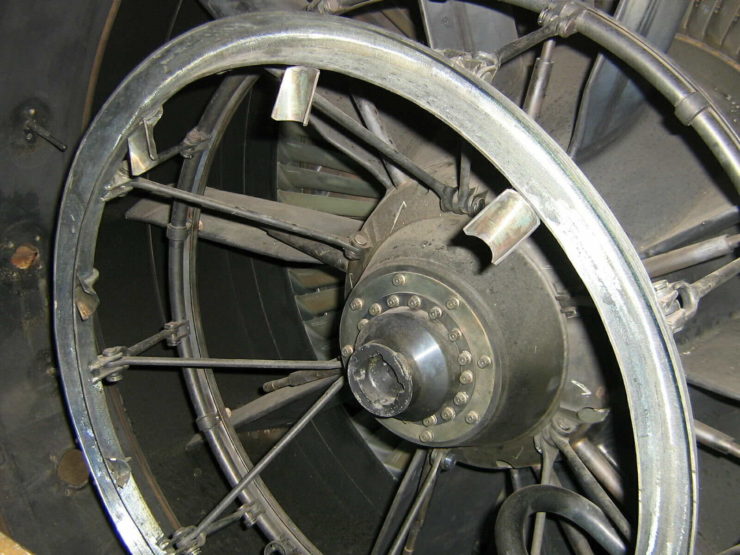
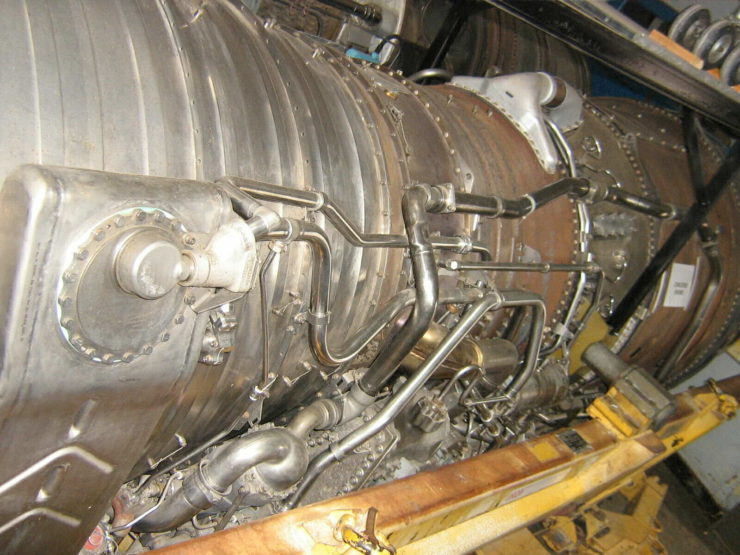

Articles that Ben has written have been covered on CNN, Popular Mechanics, Smithsonian Magazine, Road & Track Magazine, the official Pinterest blog, the official eBay Motors blog, BuzzFeed, Autoweek Magazine, Wired Magazine, Autoblog, Gear Patrol, Jalopnik, The Verge, and many more.
Silodrome was founded by Ben back in 2010, in the years since the site has grown to become a world leader in the alternative and vintage motoring sector, with well over a million monthly readers from around the world and many hundreds of thousands of followers on social media.

